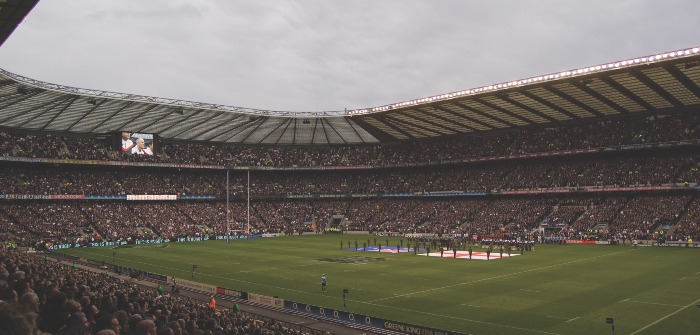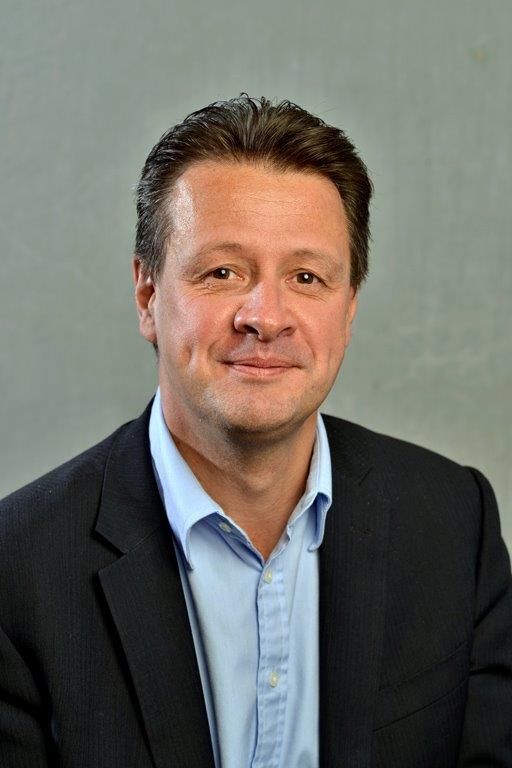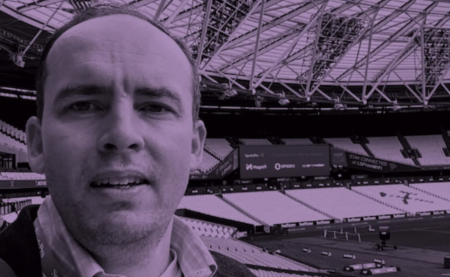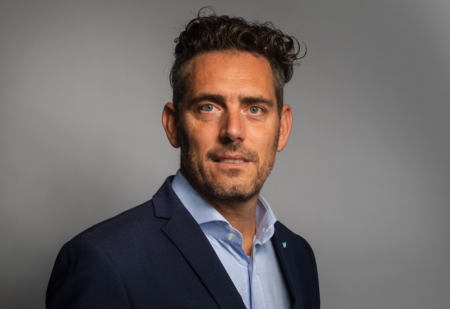The task of designing a stadium or arena requires a large team of experts with specific knowledge in areas such as architecture, engineering, interior design and planning. Too often, though, the business case requirements of the operator can be overlooked in the process. This is unacceptable, and is why operational insight needs to be elevated a level to ensure all stages of design are included.
Stadia need to look iconic and inspiring, but ultimately, they need to serve a purpose. Design teams need to deliver a great player, fan and sponsor experience while also ensuring the building maximizes revenues. Far too frequently operators are not included in early-stage conversations about design and build, which is exactly the point when they should be making a vital contribution. Accounting for this understanding at the start of a project ensures far fewer teething problems after a venue opens.

Sports and entertainment venue design is not a one-size-fits-all solution. Each project is shaped by unique factors such as team and local culture, politics and financing, and specific programming and event needs. Looping operators into the design conversation enables more knowledge-based decisions from the start. Excluding them from the design process not only leads to valid complaints about lack of consultation, it often means they are brought on too late to make a real difference. As a result, end-operation of the venue can be compromised, and extra costs incurred to retrofit solutions later.
Examples of this can be seen repeatedly in venues where designs don’t incorporate infrastructure that reflects vital social trends, such as connectivity and fan engagement, and flexibility isn’t provided to allow operators to respond to future demands. Being aware of this issue, HOK has taken the move to invest further in its clients by embracing – not shunning – the stadium operator’s point of view. We believe that bridging this gap will result in an even greater level of design excellence with a heightened focus on delivering what the client requires.
Operational audits are essential during the project design process. These are completed in collaboration with clients to ensure all needs are fully understood and accounted for during the project build. The audits also cover all aspects of a venue’s revenue-generating opportunities and aims to future-proof these beyond the end of the design timeline.
However, one must be conscious that what works for one sport or market can be wildly different for another. This is highlighted in the difference between rugby and soccer, or the USA and the UK. Venues in the USA are heavily reliant on technology to improve many aspects of the fan experience. To a degree, the UK is playing catch-up, working out which tech is suitable for which sports. Embracing operational insight and challenging what is considered the norm can play a vital part in reducing operational costs and delivering enhanced revenues that will benefit the venue in the long term.
Operators understand the social trends and influences impacting their fans and the effect they can have on experience and revenues. Design elevates both these factors, but design cannot achieve this without input from a full team of contributors that must include operators from the outset.
Richard Knight is the former stadium director for Twickenham Stadium, and senior sports consultant at HOK.





